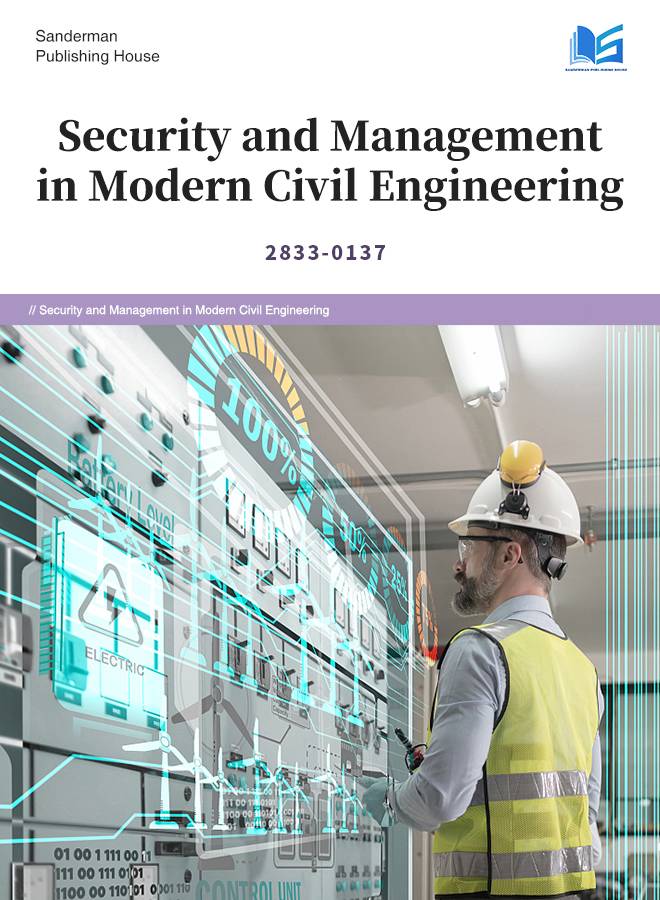Journal Browser
Announcements
more >
Calling for papers--SMMCE
1970-01-01
Volume 2,Issue 2 (2023) - 2 articles
A review of the sustainable drainage technics suitable for paved roads in the tropical area: the case of Douala city
2023.2(2);10.58396/smmce020201 - 13 Jul 2023
Douala is one of the very attractive cities in central Africa. It is the supply point for many countries of the sub-region such as the Central Africa Republic and Chad Republic that have no access to the sea. Drivers from these countries often have to travel very long distances before reaching Douala. For this reason, paved roads are very important to enable safe and pleasant traffic. Knowing that Douala is one of the rainiest cities in the country particularly in July and August, with a relatively flat topography, it is important to sustainably drain excess stormwater water from paved roads. This piece makes a review of the drainage technics that enable a sustainable removal of water such as drainage kerbs, swales, bioswales, and wet swales. This article goes further than listing the drainage technics but also proposes design criteria and the types of maintenance activities to be done in order to ensure the proper functioning of the infrastructures. ISO mentions the relevant persons involved in the realization and maintenance of these drainage facilities. This is typically the case of politics through municipalities and technicians.
Mechanical, physical and environmental performance of sustainable concrete containing marble wastes
2023.2(2);10.58396/smmce020202 - 13 Jul 2023
Background: Today, Construction and Demolition Wastes (CDW) are undoubtedly the most studied materials in sustainable construction. Objective: This paper examines the effect of Recycled Marble Aggregates (RMA) on the mechanical, physical and environmental performance of concrete. In this context, natural aggregates (fine, coarse or both) were totally replaced (100%) with RMA. Method: The paper discussed some mechanical and physical parameters of the hardened concrete, such as Ultrasonic Pulse Velocity (UPV), Dynamic Elastic Modulus (Edy), Density (D) and Compressive Strength (𝑓S) after 14 and 28 days of water curing. Additionally, the environmental impacts including global warming (GWP), acidification (AP), eutrophication (EP) and photochemical oxidant formation (POCP) of concrete with and without RMA were assessed. Result: Replacement of RMA causes a decrease in 𝑓S and Edy of all mixtures and its effect on UPV and D was slightly insignificant. Conclusion: Despite the performance of concrete made with RMA decreased, this paper shows that the use of RMA in the production of new concrete can lead to a more verdant environment and even pave the way for green concrete. On the other hand, it is recommended to use 100% of RMA in the production of concrete in non-structural elements.


